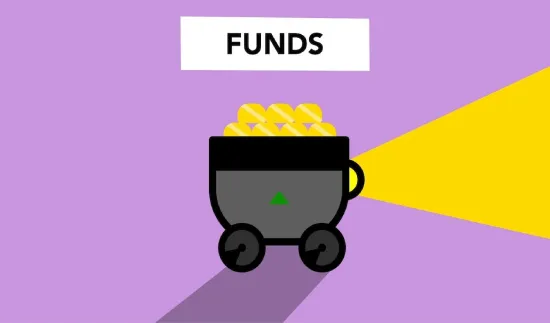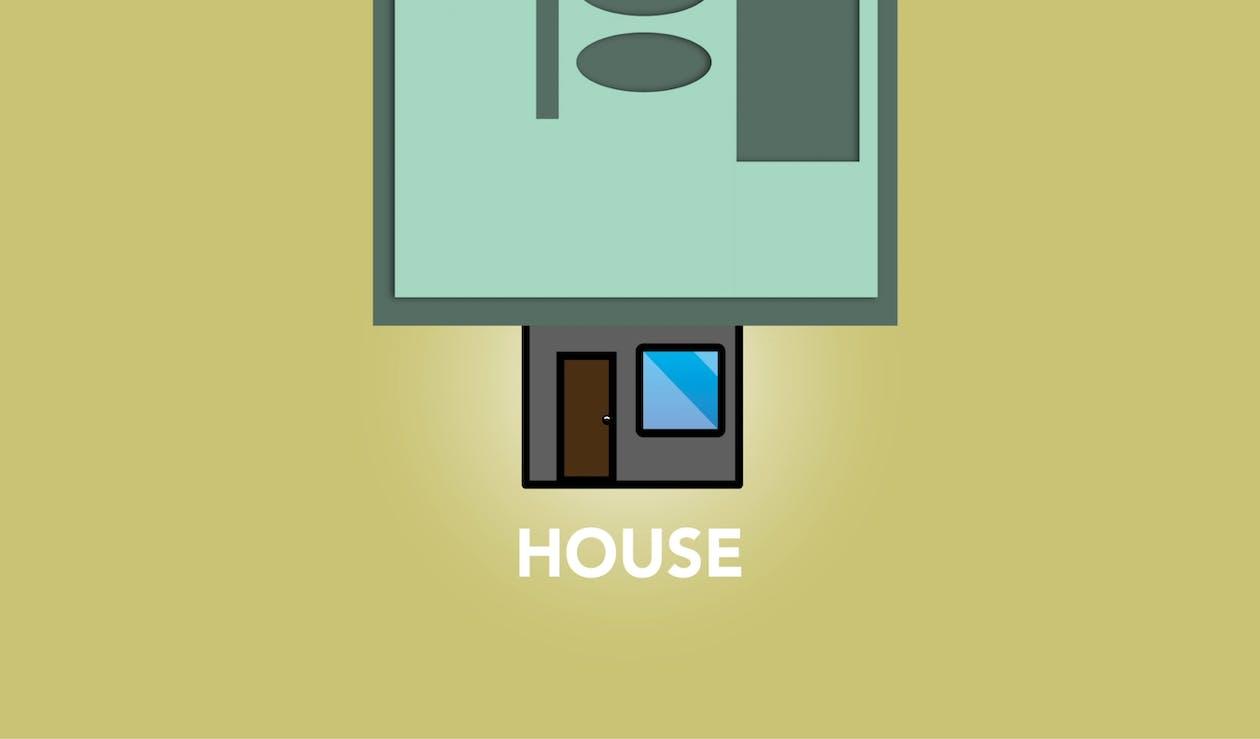What Is A CEMA Loan?
CEMA (Consolidation, Extension, and Modification Agreement) is a loan usually given to New York citizens that are refinancing their mortgage, and it allows them to save money on mortgage recording tax. CEMA is primarily for loan refinancing, but in some cases, homebuyers can take advantage of CEMA too and reduce their closing costs significantly.
CEMA is only available for a condo or a townhouse, and you can’t apply for a CEMA loan if you are refinancing a co-op because there is no mortgage recording tax for a co-op in the first place. The CEMA is only available for properties in the state of New York, which is also the reason it’s sometimes called NY CEMA.
How A CEMA Loan Helps You Save Money On Refinancing?
CEMA allows you to save money by reducing your mortgage recording tax. You only pay the tax on the difference between the new mortgage/refinancing loan amount and the old mortgage balance instead of paying it for the whole new sum.
For example, let’s say you have a mortgage balance of $250,000 remaining, and you want to get your property refinanced for $300,000. If you do not take a CEMA loan, you will pay the mortgage recording tax (1.8% of the loan amount, since it’s less than $500,000) on the whole refinanced amount of $300,000, about $5,400.
But if you get a CEMA loan, you will only mortgage on the difference: $50,000 (Refinanced sum – Mortgage balance). At 1.8%, it would be $900. But it might also come with a few additional costs associated with refinancing and processing a CEMA loan. Still, the savings can be quite significant.
CEMA Loan For Buyers
As a buyer in NYC, you can take advantage of a CEMA loan if you are buying a property from someone that is still paying their mortgage and are willing to transfer it to you as you take out a mortgage to buy the property. This is also called mortgage assignment, in which the old mortgage (which the seller is still paying) is combined with a new mortgage (the one you are taking out).
If it’s from the same lender, the process might be easier and faster. But if you are taking out a loan from a different lender, the seller’s lender will have to agree to the mortgage assignment and the CEMA loan. It’s a process that comes with its own fees. This “purchase CEMA” move can save you a lot of money in closing costs.
A CEMA loan only makes sense for both buyers and people who are refinancing their mortgage when the sum of reduced mortgage recording tax and the costs associated with CEMA is significantly lower than the tax you would have paid otherwise.
Pros And Cons Of A CEMA Loan
A CEMA loan can save you a lot of money when you are refinancing or when you are buying a condo or a townhouse. It can reduce your closing costs as a buyer.
But a CEMA loan also comes with its own fees, which are usually higher when you are changing lenders. And if the CEMA fees are too high, the financial benefits of a CEMA loan are greatly reduced. There is also a significant time cost associated with a CEMA loan. It takes more time to get a CEMA loan than a normal refinancing and can take anywhere between a few weeks to six months or more.
It’s important to note if there is a problem with the title history of the property, you may not get approved for a CEMA loan. From the first owner to the current one, the chain of property owners should be unbroken, with no gaps or missing property or title owners.












